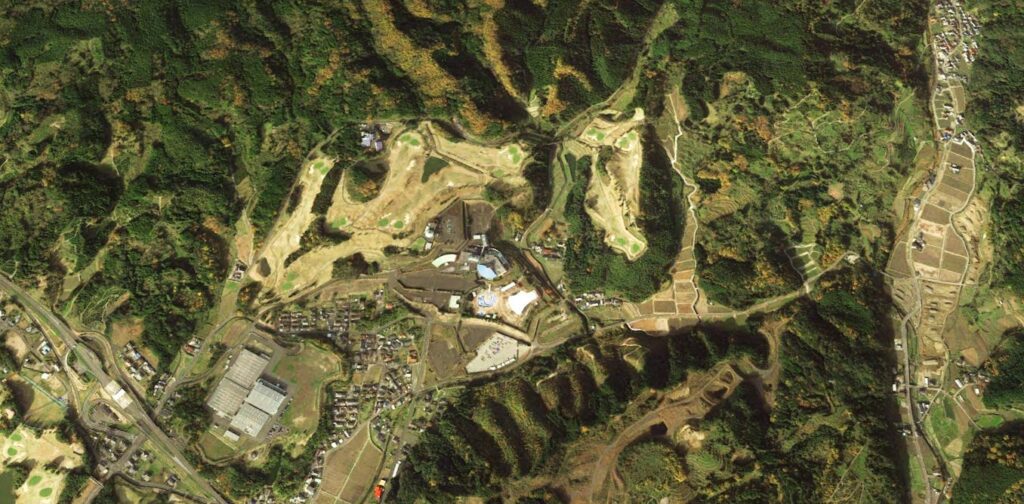The article highlights a significant decline in global wildlife, losing 73% since 1970, while the human population has doubled to 8 billion. This drastic loss in biodiversity is interconnected with population growth. However, a shift is anticipated, as UN forecasts suggest that populations in 85 countries, mainly in Europe and Asia, will decline by 2050. Some believe this might benefit the environment.
Countries like Japan, South Korea, and Italy are leading this trend of depopulation, with Japan recognized for its pioneering role. Research by Yang Lee and Fujita Takushima, published in Nature Sustainability, analyzes biodiversity changes across 1,000 Japanese sites using extensive data from citizen scientists. The study includes various species across different landscapes.
Despite expectations, biodiversity continues to decline even in depopulating regions. Stable population zones show more biodiversity; however, Japan’s aging population is concerning. Unlike in Chernobyl, where a sudden evacuation led to wildlife recovery, Japan experiences gradual depopulation, exacerbating land use challenges.
Abandoned buildings and land management complexities hinder biodiversity recovery. Despite rising vacant houses, new construction persists, limiting habitats for wildlife. The article calls for proactive measures in managing biodiversity, such as converting unused land into community reserves, emphasizing that addressing nature depletion is crucial for global stability. Effective management of depopulation can help mitigate environmental issues, but it requires coordinated efforts.


